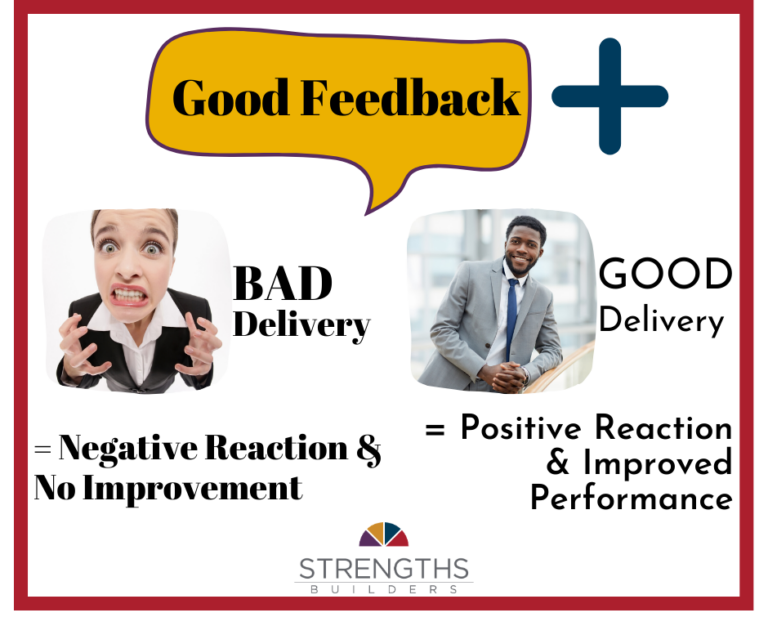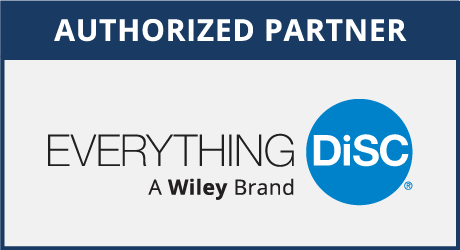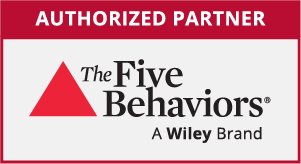
People often have a negative reaction to “feedback” because, over the years, the message was sent but not received, let alone understood. For a variety of reasons, the feedback was often too vague, too direct, too punative, too one-sided, and the list goes on and on. The result?
Good Feedback + Bad Delivery = Negative Reaction and No Improvement
This has to change because, as Aristotle said, “The whole is greater than the sum of its parts.” In other words, the knowledge of the “whole,” the experience of the “whole,” the wisdom of the “whole,” is greater (more valuable) than that of a single person on a team. That makes practical sense, right?
So it’s not giving feedback that we need to do away with but rather we need to work on our delivery of the feedback. A bad reaction to feedback is not an employee problem, it’s a leadership problem.
When giving feedback, great leaders check their motives at the door. They take themselves out the equation and do what is in the best interest of the team or team member. They’re not focused on what’s easiest, but what’s effective. They’re not focused on what they want, but what the team member needs.
Here’s what I propose. Rather than focusing on the “feedback process,” as if there’s actually a “one size fits all” approach, we focus on defining the “successful outcome.”
As leaders, what can we do differently to deliver feedback in a way that influences a positive reaction and a successful outcome?
This is one of those times when you a leader has to turn off “auto pilot” and be very intentional about delivering a clear message, clarifies the best way to deliver the message based on the unique personality and needs of the individual, and is always striving for a positive feedback experience and outcome.
Good Feedback + Good Delivery = Positive Reaction and Improved Performance
#ExerciseLeadershipToday Feedback Challenge
- Think about a specific person in which you need/would like to share feedback. (Think PP — positive feedback or performance feedback. Please do away with the phrase “constructive feedback!”)
- Clarify the most important action you want them to take. Instead of telling them what to do, how can you lead them to the best solution by asking them questions? Asking is much more effective at inspiring people to take action because they think it is their solution, not yours.
- Based on what you know about that individual, what can you do differently to deliver that message in a way that inspires that individual to take action? Be specific and think about positive behaviors that would inspire a positive outcome.
- Is there anything else you can do differently to influence a favorable reaction and positive outcome?
- Now, go have this feedback conversation! Remember, this doesn’t have to be a long, drawn-out conversation. Feedback conversations are most effective when they are short and sweet.




